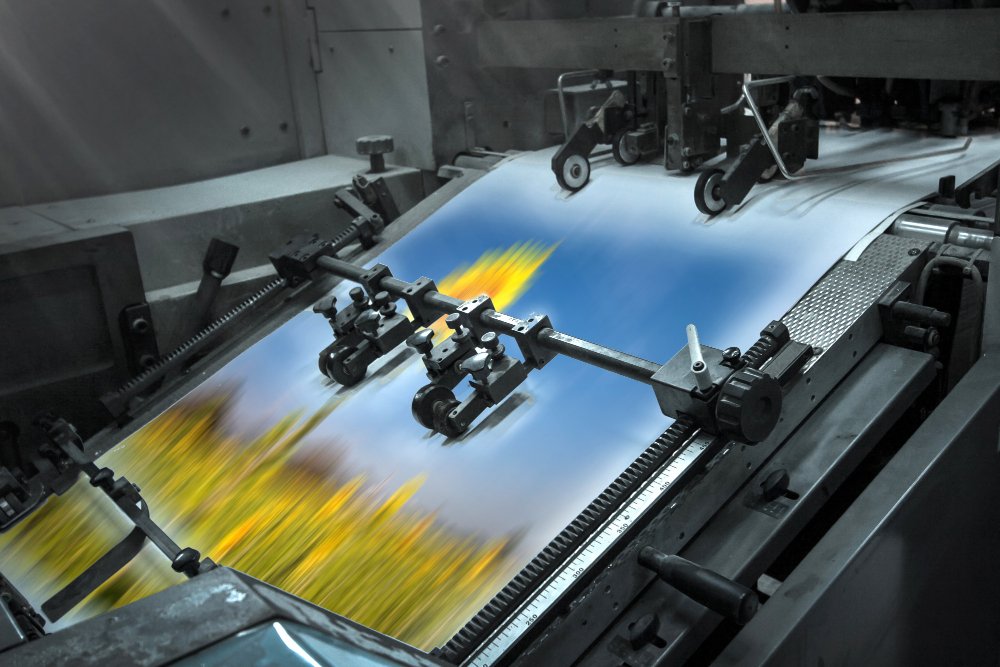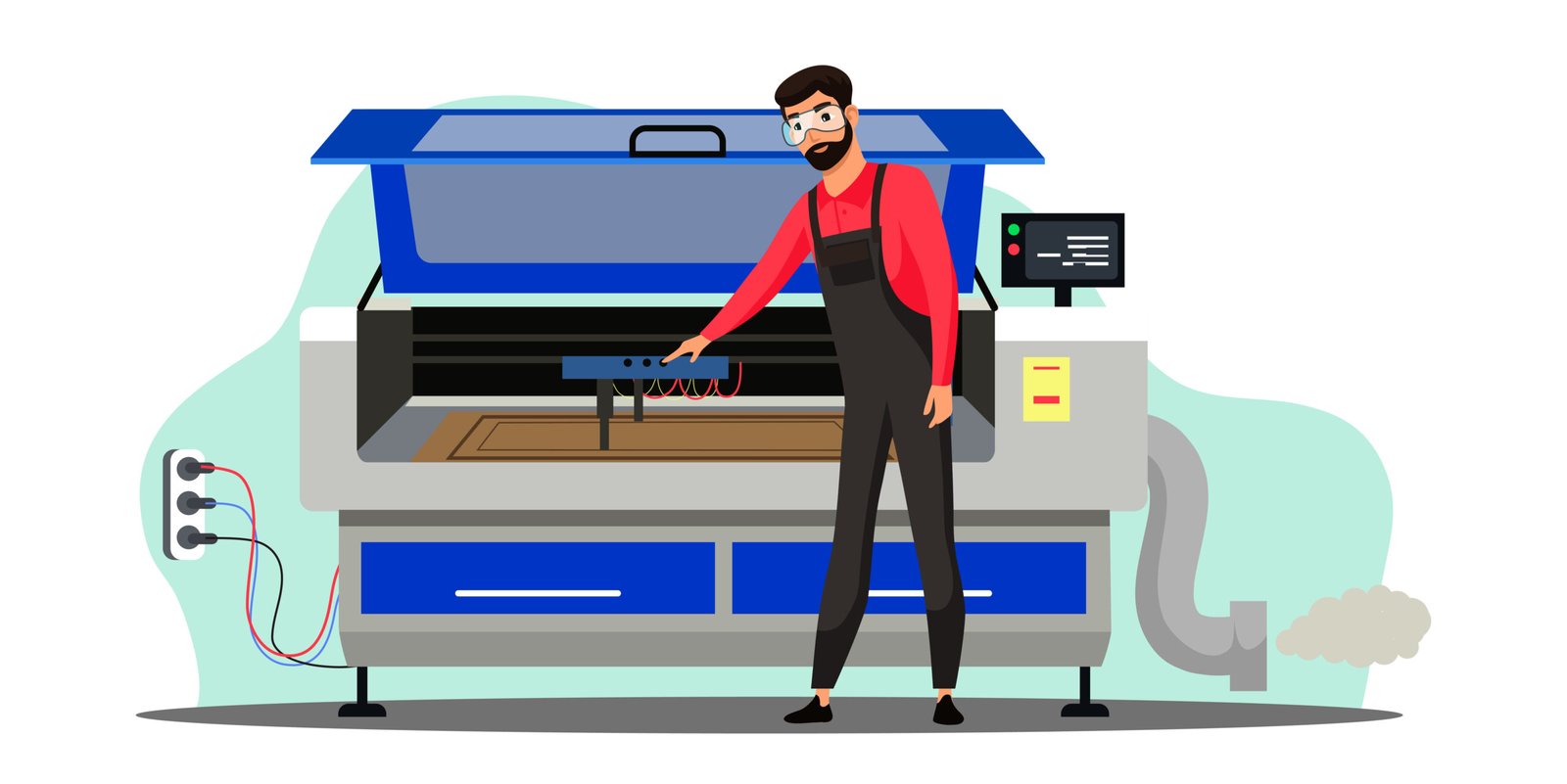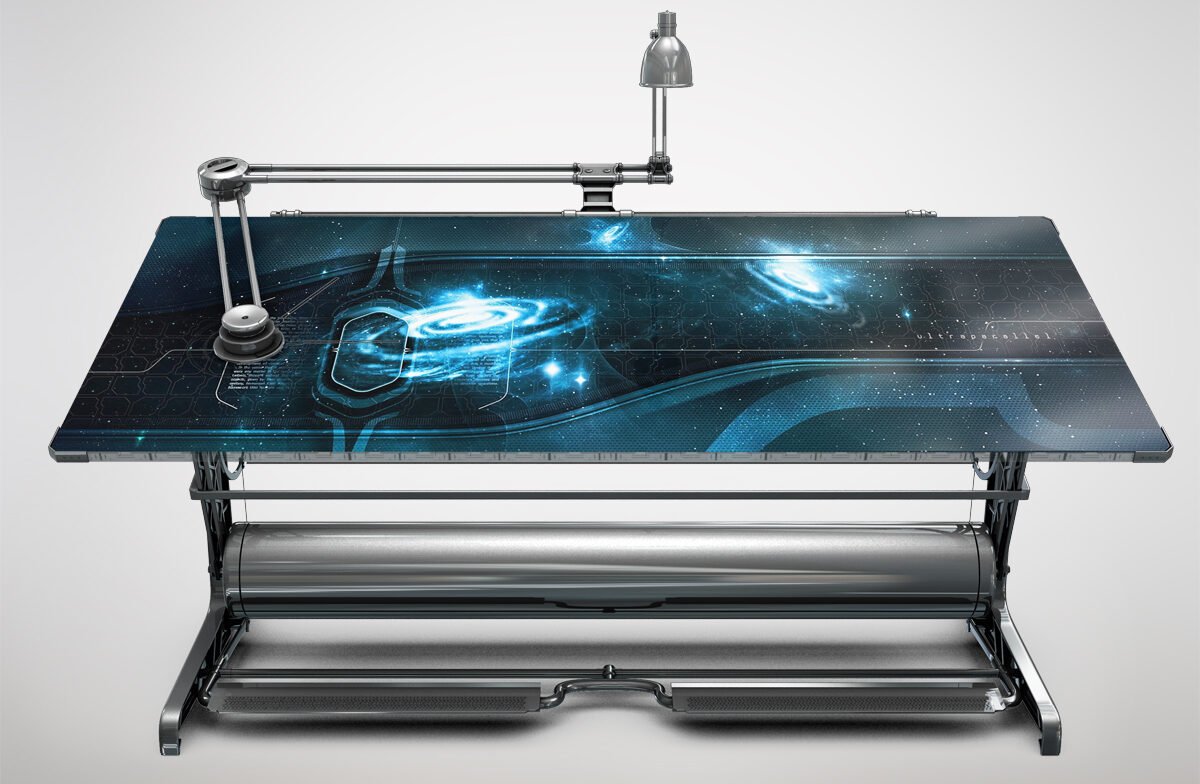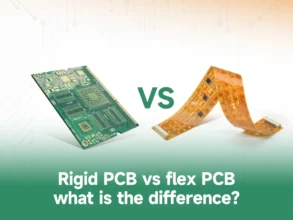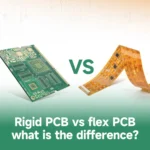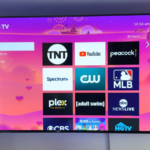Detail Guide On Digitally Printed Glass
- 1 Benefits of Digitally Printed Glass
- 1.1 1. Versatility in Design
- 1.2 2. Customization
- 1.3 3. Durability and Longevity
- 1.4 4. Enhanced Aesthetics
- 1.5 5. Energy Efficiency
- 1.6 6. Easy Maintenance
- 1.7 7. Eco-Friendly Solution
- 1.8 8. Cost-Effective Production
- 2 How Digitally Printed Glass Works
- 2.1 1. Preparing the Design:
- 2.2 2. Color Separation and Printing Preparation:
- 2.3 3. Printing Setup:
- 2.4 4. Inkjet Printing Process:
- 2.5 5. Curing and Drying:
- 2.6 6. Finishing and Quality Control:
- 3 FAQs
- 3.1 What is digital printing on glass?
- 3.2 How does digital printing on glass differ from traditional methods?
- 3.3 What types of designs can be printed on glass using digital printing?
- 3.4 Is digital printing on glass suitable for outdoor applications?
- 3.5 Can digitally printed glass be customized to fit specific project requirements?
- 3.6 How durable is digitally printed glass?
- 3.7 Is digitally printed glass easy to maintain?
- 3.8 Can digitally printed glass be used for energy-efficient purposes?
- 3.9 What are the environmental benefits of digital printing on glass?
- 3.10 Is digital printing on glass cost-effective compared to traditional methods?
- Digital printing on glass utilizes advanced inkjet technology to transfer intricate designs onto glass surfaces with precision and clarity.
- The process involves preparing digital designs, color separation, inkjet printing, curing, and quality control measures to ensure optimal print quality and durability.
- Digital printing on glass offers customization, durability, and versatility in design, making it ideal for various applications in architecture, interior design, and signage.
Digitally printed glass is a modern innovation that revolutionizes traditional glass printing methods. By utilizing advanced digital printing technology, intricate designs, patterns, and images can be directly printed onto glass surfaces with precision and clarity. This process offers numerous benefits across various industries, from architecture to interior design.
Benefits of Digitally Printed Glass
1. Versatility in Design
One of the primary advantages of digital glass printing is its versatility in design. Unlike conventional silk-screen printing, digital printing allows for endless design possibilities. Complex patterns, vibrant colors, and intricate details can be effortlessly reproduced, enabling architects and designers to unleash their creativity without limitations.
2. Customization
Digital printing on glass offers unparalleled customization capabilities. Whether for residential, commercial, or artistic purposes, clients can personalize their glass surfaces to suit their preferences perfectly. From corporate logos and brand imagery to custom artwork and decorative patterns, digital printing allows for precisely replicating any design, offering a unique touch to any space.
3. Durability and Longevity
Digitally printed glass boasts exceptional durability and longevity. The printing process involves fusing inorganic ceramic inks onto the glass surface, resulting in a permanent bond resistant to fading, scratching, and UV exposure. This ensures the printed designs remain vibrant and intact even after years of use, making it an ideal choice for interior and exterior applications.
4. Enhanced Aesthetics
The high-definition clarity and precision of digitally printed glass enhance the aesthetics of any environment. Whether used for decorative partitions, signage, or architectural elements, the sharpness and detail of the printed designs elevate the visual appeal of spaces, creating stunning focal points that capture attention and admiration.
5. Energy Efficiency
Digitally printed glass can also contribute to energy efficiency in buildings. By incorporating patterns or films that control solar heat gain and glare, digitally printed glass can help regulate indoor temperatures and reduce the need for excessive artificial lighting and cooling. This enhances comfort and contributes to energy savings and environmental sustainability.
6. Easy Maintenance
Maintaining digitally printed glass is relatively easy compared to other decorative surfaces. The smooth, non-porous surface of glass makes it resistant to stains, mold, and bacterial growth, allowing for hassle-free cleaning with mild detergents and water. This low-maintenance characteristic is advantageous in commercial settings where hygiene and cleanliness are paramount.
7. Eco-Friendly Solution
Compared to traditional printing technology, digital printing on glass is more environmentally friendly. It generates minimal waste, as the printing process produces precise designs without the need for excess materials or chemicals. Additionally, using eco-friendly ceramic inks further reduces the environmental footprint, making it a sustainable choice for architectural and interior design applications.
8. Cost-Effective Production
Despite its advanced technology and numerous benefits, digitally printed glass can offer cost-effective production solutions. The efficiency of digital printing processes reduces production time and labor costs associated with traditional printing methods. Moreover, the ability to customize designs in-house eliminates the need for outsourcing, resulting in cost savings for businesses and clients.
Digitally printed glass offers many benefits across various applications, from design versatility and customization to durability, energy efficiency, and sustainability. With its ability to transform ordinary glass surfaces into stunning works of art while enhancing functionality and performance, digital printing has become an indispensable tool for architects, designers, and businesses seeking innovative solutions in today’s design landscape.
How Digitally Printed Glass Works
Digital printing on glass involves a sophisticated process that utilizes advanced technology to transfer intricate designs, patterns, or images onto glass surfaces with precision and clarity. This modern printing method has revolutionized the traditional approach to glass printing, offering enhanced customization, durability, and versatility in design. Let’s delve into the detailed steps of how digital printing on glass works:
1. Preparing the Design:
The digital printing process begins with creating or selecting a digital design. Designers use computer-aided design (CAD) software or graphic design programs to create custom designs, patterns, or images tailored to the project’s specific requirements. These designs are typically made in vector format to ensure scalability and high-resolution output.
2. Color Separation and Printing Preparation:
Once the design is finalized, it undergoes a color separation process. This involves breaking down the design into color channels or layers, each corresponding to a specific ink color. Color separation is crucial for achieving accurate color reproduction during the printing process.
The separated colors are then prepared for printing using specialized software that generates print files compatible with the digital printing equipment. These print files contain instructions for the printer regarding ink placement, color intensity, and resolution.
3. Printing Setup:
The glass substrate, typically in sheets or panels, is prepared for printing. The surface of the glass is thoroughly cleaned and treated to ensure optimal adhesion of the ink. Any imperfections or debris on the glass surface are removed to prevent defects in the printed output.
The digital printer is configured according to the specifications of the print files. This includes adjusting print heads, ink settings, and substrate alignment to ensure precise printing accuracy. Some digital printing systems may also incorporate automated calibration processes to optimize print quality.
4. Inkjet Printing Process:
Digital printing on glass primarily utilizes inkjet printing technology. Inkjet printers equipped with specialized printheads deposit microscopic droplets of ink onto the glass surface in a precise and controlled manner. These droplets combine to form the desired design, pattern, or image with exceptional clarity and detail.
The ink used in digital printing on glass is typically in the form of inorganic ceramic inks. These inks are specifically formulated to withstand the harsh conditions of glass processing, including high temperatures during firing or tempering processes. Ceramic inks offer durability, UV resistance, and vibrant color reproduction on glass surfaces.
5. Curing and Drying:
Once the ink is deposited onto the glass surface, it undergoes a curing or drying process to ensure adhesion and permanence. Depending on the type of ink used, curing methods may include air drying, UV curing, or thermal curing. These processes facilitate the bonding of the ink to the glass substrate, resulting in a durable and long-lasting print.
6. Finishing and Quality Control:
After printing and curing, the digitally printed glass undergoes inspection and quality control measures to ensure adherence to design specifications and print quality standards. Any imperfections or defects are identified and addressed, ensuring the final product meets the desired aesthetic and functional requirements.
Digital printing on glass is a sophisticated process that combines advanced technology, specialized inks, and precise printing techniques to achieve stunning results. From intricate designs and vibrant colors to durability and longevity, digital printing offers numerous advantages for various applications in architecture, interior design, signage, and more.
FAQs
What is digital printing on glass?
Digital printing on glass is a modern printing method that utilizes advanced inkjet technology to transfer designs, patterns, or images onto glass surfaces with precision and clarity.
How does digital printing on glass differ from traditional methods?
Unlike traditional methods like silk-screen printing, digital printing on glass offers enhanced customization, versatility in design, and superior print quality with vibrant colors and intricate details.
What types of designs can be printed on glass using digital printing?
Virtually any design, pattern, or image can be printed on glass using digital printing technology, including corporate logos, decorative patterns, artwork, photographs, and architectural motifs.
Is digital printing on glass suitable for outdoor applications?
Yes, digital printing on glass is suitable for outdoor applications, thanks to the durability of ceramic inks and UV-resistant coatings used in the printing process. It withstands exposure to harsh environmental conditions and maintains its vibrant colors over time.
Can digitally printed glass be customized to fit specific project requirements?
Yes, digital printing on glass offers unparalleled customization capabilities, allowing designers to tailor designs to fit specific project requirements, including size, color, transparency, and complexity.
How durable is digitally printed glass?
Digitally printed glass is highly durable, thanks to the permanent bond formed between the ceramic inks and the glass surface during the printing process. It is resistant to fading, scratching, UV exposure, and environmental factors, ensuring long-lasting performance.
Is digitally printed glass easy to maintain?
Yes, digitally printed glass is relatively easy to maintain. Its smooth, non-porous surface makes it resistant to stains, mold, and bacterial growth, requiring only regular cleaning with mild detergents and water to maintain its appearance.
Can digitally printed glass be used for energy-efficient purposes?
Yes, digitally printed glass can contribute to energy efficiency in buildings by incorporating patterns or films that control solar heat gain and glare, thereby reducing the need for excessive artificial lighting and cooling.
What are the environmental benefits of digital printing on glass?
Digital printing on glass generates minimal waste compared to traditional printing methods, as it produces precise designs without the need for excess materials or chemicals. Additionally, the use of eco-friendly ceramic inks further reduces its environmental footprint.
Is digital printing on glass cost-effective compared to traditional methods?
While the initial setup costs for digital printing equipment may be higher, digital printing on glass can offer cost-effective production solutions in the long run due to reduced labor costs, shorter production times, and the ability to customize designs in-house, eliminating the need for outsourcing.

